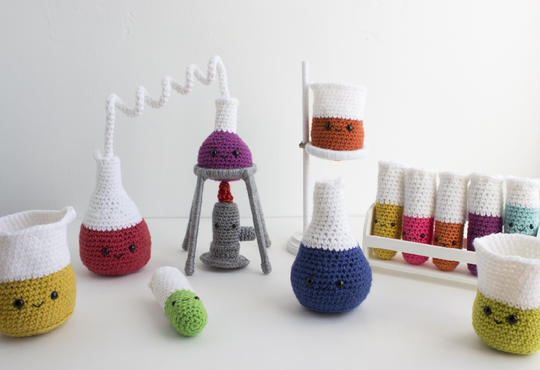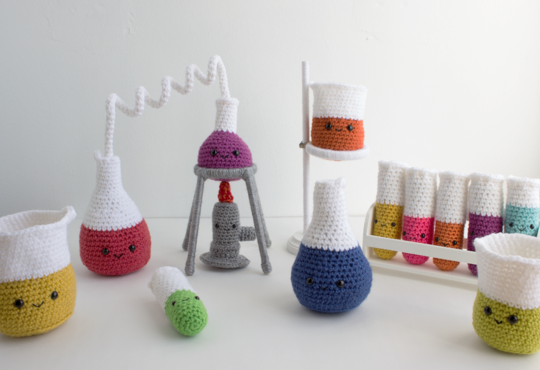In the March issue of Chem 13 News, I explained how I take certain demos and get extra yardage out of them by offering “extra credit” for students who can explain how they work. I have also used the crushing can demo in this way. I do this with my Honors Chemistry classes soon after we’ve studied gas laws. Before class starts, I put about a cm of water in each of 3-4 empty aluminum soda cans and place them on a hot plate and turn it on to at least a medium setting, higher if I’m in a hurry. I also prepare an ice water bath in a Styrofoam cooler and have a set of beaker tongs at the ready. As I begin my lesson, I keep an eye on the can. Once the water starts to boil and steam has been coming out the top for several minutes, it’s ready. I gather the students around the can and remind them of the rules for extra credit demos: They can earn up to 5 extra credit points on the next test if they can explain the chemistry behind the trick they’re about to witness. They may work alone or in groups of no more than 3 and may use their books and notes, but they may not use the Internet. Explanations must be submitted in writing by the end of the designated time period (usually about 10–15 minutes).
When everyone is ready and has a good vantage point, I grab one of the cans with the beaker tongs, quickly invert it and submerge only about an inch of the can into the ice bath. Much to the kids’ amazement, the can instantly implodes. I repeat the trick a few more times with the extra cans so the students have a few more chances to catch subtle clues.
I don’t answer too many questions but I do respond to “what if” questions such as, “What would happen if you didn’t invert the can?” or “What would happen if you didn’t put any water in the can?”
With an understanding of condensation, atmospheric pressure, the causes of gas pressure, and what happens if the internal and external pressure of a flexible container are not the same, the students can piece together at least part of the story: By letting the water boil for several minutes much of the air in the can is displaced by water vapor. Then when the can is inverted in the ice bath, the temperature of the system suddenly drops and the water vapor condenses. With very little air in the can, the internal pressure drops significantly and is overpowered by the atmospheric pressure which crushes the can. It’s quite a challenge for most students to thoroughly explain this trick but the lure of extra credit points entices them to give it a try and in the process they develop their reasoning skills. Even if they don’t succeed, all students have spent 10 minutes thinking and arguing amongst themselves about gases and their behavior — making my lesson plan a huge success.







